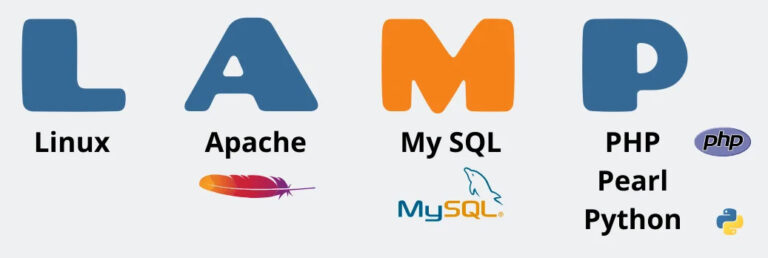Are You Smarter Than a Machine
Machine learning is a rapidly growing field in the technology industry, allowing computers to learn and adapt based on data inputs. It has become an essential tool for many companies and organizations, particularly in the development of artificial intelligence (AI) applications. TensorFlow, developed by Google, and Azure Machine Learning, developed by Microsoft, are two popular machine learning platforms, while Amazon Web Services (AWS) has also made significant strides in this field. Python has emerged as the programming language of choice for building machine learning models due to its simplicity and readability.
TensorFlow is a popular open-source machine learning platform that offers a wide range of functionality, including neural network models, deep learning algorithms, and data visualization tools. It has gained popularity among developers due to its flexibility, ease of use, and support for a wide range of languages, including Python. TensorFlow provides a high-level interface for building and training machine learning models, making it a powerful tool for developing complex AI applications.
Azure Machine Learning is a cloud-based platform that offers developers the tools they need to build and deploy machine learning models. It supports a range of programming languages, including Python, and provides features such as data preparation, model training, and deployment. Azure Machine Learning also supports deep learning algorithms, making it a powerful tool for developing complex AI models.
AWS offers Amazon SageMaker, a fully-managed machine learning service that enables developers to build, train, and deploy machine learning models quickly and easily. SageMaker supports a range of machine learning frameworks, including TensorFlow, PyTorch, and MXNet, making it a powerful tool for building complex AI applications.
Python has become the language of choice for building machine learning models due to its simplicity and readability. It has a vast number of libraries available, such as NumPy, Pandas, and Scikit-learn, that make it easy for developers to analyze data and build machine learning models quickly and easily. Additionally, frameworks such as TensorFlow and Keras have made it easy for developers to build deep learning models without having to worry about low-level details such as memory allocation and optimization.
Machine learning has many real-world applications, from speech and image recognition to natural language processing and predictive analytics. For example, machine learning algorithms can be used to analyze customer data and predict future purchasing trends, helping businesses make informed decisions about marketing strategies and product development. Machine learning is also used in medical research, where it can be used to identify patterns and trends in medical data, leading to new treatments and improved patient outcomes.
In conclusion, machine learning is a rapidly growing field that is transforming the way we interact with technology. Platforms such as TensorFlow, Azure Machine Learning, and Amazon SageMaker have made it easier than ever for developers to build and deploy machine learning models, while Python has emerged as the programming language of choice due to its simplicity and readability. Machine learning has many real-world applications and is an essential tool for the development of AI applications. As technology continues to advance, it is likely that machine learning will continue to play a vital role in the development of new and innovative applications, making it an exciting field for developers and researchers alike.





